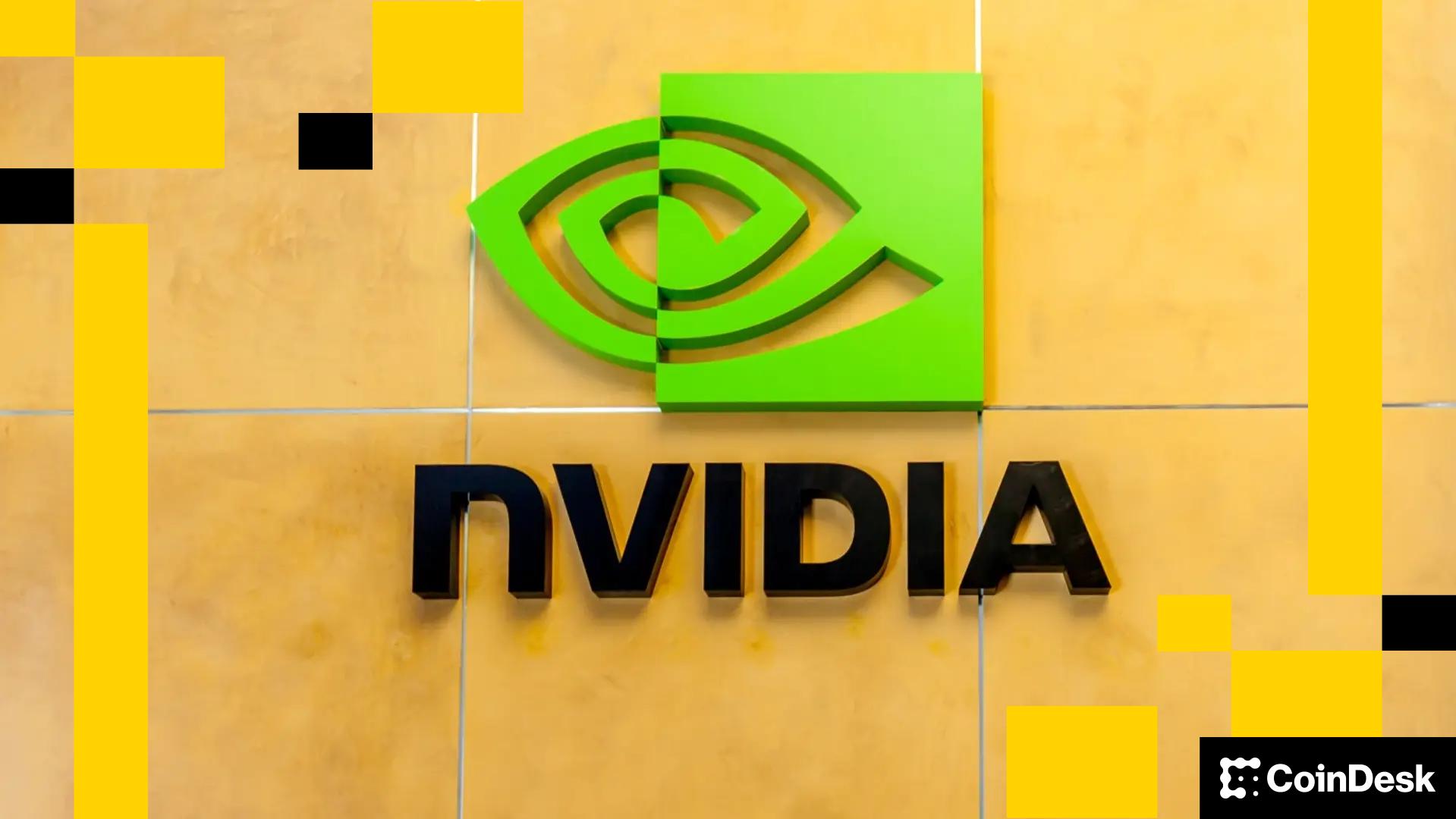Decentralized finance (DeFi) is full of stablecoins generating Treasury yields, while smaller players in the artificial intelligence (AI) sector struggle to raise capital to expand data centers with new GPUs.
A new stablecoin protocol called USD.AI wants to bridge this gap by turning unused crypto liquidity into loans for machines that train and run artificial intelligence.
The protocol, which now has about $345 million in circulation, according to a Dune dashboard, supports its synthetic dollar with short-term credit tied to NVIDIA GPUs hosted in data centers leased to AI developers.
These GPUs generate revenue by selling compute time for model training and inference, with the cash flow going to fund the debt that funds them. Lenders earn a return from these repayments rather than token issuances, while borrowers gain access to specialist funding which would exceed the risk appetite of most retail lenders.
The structure of USD.AI relies on three interlocking mechanisms designed to operate real-world credit on-chain.
The first, CALIBER, is the legal and technical bridge between a physical GPU and its on-chain representation. Each GPU funded through the protocol is stored in a data center insured and documented under U.S. commercial law, then tokenized as a non-fungible token (NFT) representing a legally enforceable claim on that hardware.
Loans are issued against these token receipts, allowing capital raised on-chain to finance off-chain equipment with real collateral behind it. The next layer, the FiLo Curator, manages subscription.

Curators originate and service GPU loans while posting their own first-loss capital, meaning they absorb any initial defaults before lenders are affected. This structure decentralizes credit provision but keeps incentives aligned: conservatives only benefit when their borrowers perform well.
The last component, QEV, which stands for queue extractable value, manages liquidity. Instead of offering instant withdrawals, the system queues redemption requests, effectively turning time into a market.
Users who wait are repaid gradually from the borrower’s monthly repayments, while those who need to exit more quickly can pay a premium to move up the hierarchy. This premium remunerates patient lenders and preserves the solvency of the loan portfolio.
The current yield of staked sUSDai is between 13% and 17%, supported by redemptions from GPU operators rather than issuance or leverage loops.
Proponents of USD.AI describe it as a prototype of a broader “InfraFi” model of decentralized infrastructure financing, which could one day extend to renewable energy projects or decentralized computer networks.
For now, its success hinges on a more immediate question: whether the economics of GPU leasing — a proxy for AI demand — can remain strong enough to sustain these reimbursements.
If they do, USD.AI could become DeFi’s first large-scale bridge between on-chain capital and the real-world machinery behind artificial intelligence.




